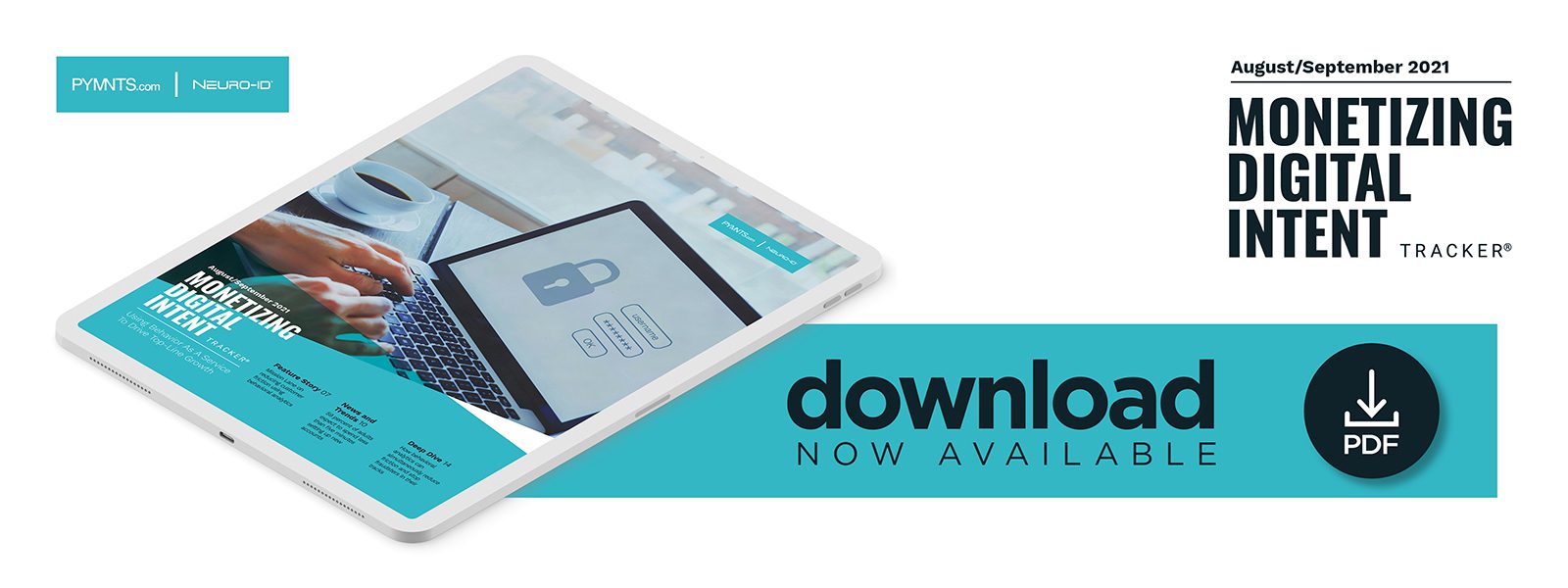Deep Dive: How Behavioral Analytics Can Reduce Friction to Boost Sales and Customer Loyalty

eCommerce has been on the rise for the better part of 30 years, but the social distancing and stay-at-home orders implemented worldwide over the past 17 months turbocharged the industry.
There now are more than 2.1 billion digital buyers — more than one-quarter of the world’s population — and upwards of 24 million different eCommerce sites serve them, providing a plethora of options and allowing consumers to be pickier than ever before.
One of the biggest factors driving consumers’ shopping choices is customer experience, which often beats out price as the basis for going ahead with any given purchase. Almost 90% of buyers would pay more for a product if it came with a great customer experience, while poor customer experiences have been reported to lose businesses up to $75 billion a year.
Providing a great customer experience is easier said than done, however, and figuring out what customers desire and where the friction points exist can be a herculean endeavor. The following Deep Dive explores the frictions that damage customer loyalty and how businesses can leverage behavioral analytics to find customer drop-off points and patch them up quickly.
Why Customers Abandon Sales
Cart abandonment is a critical issue for eCommerce merchants of all sizes, with large numbers of consumers going through the entire online shopping process only to ditch it at the finish line. One survey found that 86% of customers had abandoned a cart at some point while shopping online, while other research showed that customers abandon carts without making a purchase an average of 81% of the time. The vertical with the highest rate of cart abandonment is the travel industry, with almost 85% of purchases going uncompleted. Mobile channels also see high cart abandonment rates, as just 8.5% of these transactions are completed, compared to 13% of purchases made on desktop computers and tablets. Fridays, Saturdays and Sundays have the highest rates of cart abandonment, hitting almost 90%.
These astounding cart abandonment rates largely boil down to a single issue: dissatisfaction with the shopping experience. An American Express survey found that 78% of shoppers have relinquished a purchase due to negative user experience, and 91% of them will never patronize the business again. On the flip side, 55% of consumers said faster, more convenient shopping experiences would make them more likely to complete purchases, with this number jumping to 71% among millennials. Industry experts overwhelmingly agree with these customers, as 98% of user experience (UX) professionals said customer experience is critical to a business’s overall health.
Several factors are known to drive cart abandonment and harm customer loyalty, but a broad recommendation to “improve user experiences” is not helpful to online businesses. Companies need to understand the specific obstacles their customers face and the steps necessary to smooth them. Behavioral analytics is one tool that has been shown to pinpoint and treat online shopping frictions conclusively and effectively.
How Behavioral Analytics Can Provide Smooth Customer Experiences
Customers have a wide range of thresholds as to how much friction is too much. Some abandon their carts after being asked to enter their passwords again, and others give up when required to enter credit card information, for example. Behavioral analytics offers the ability to identify customers’ exact breaking points. Businesses without this sort of technology can see only that customers are abandoning their carts at some point in the process, making it difficult to figure out where improvements are needed.
A behavioral analytics system can provide visibility into the specific place in the process at which each customer decided to click away, allowing UX staff to adjust the customer experience quickly and precisely. These adjustments can be as simple as adding a credit card autofill option or removing the need to reenter passwords if users are already logged in.
Another area in which behavioral analytics excels is preventing false positives, which are a major source of customer frustration and abandonment. Some studies have found that businesses mistakenly decline purchases up to 43% of the time due to falsely identifying a legitimate customer as a fraudster, with many of these customers consequently abandoning not just the cart but the offending merchant altogether. Behavioral analytics technology can reduce false positives, bringing the fraud rate to just 0.02% and resulting in annual revenue gains of up to $1 million per year in increased conversions.
Fraud may be top-of-mind for many businesses in terms of potential revenue losses, but abandonment by current customers also can be a major drain. Businesses looking to improve their customer experiences and retention rates could see impressive results by deploying behavioral analytics.

